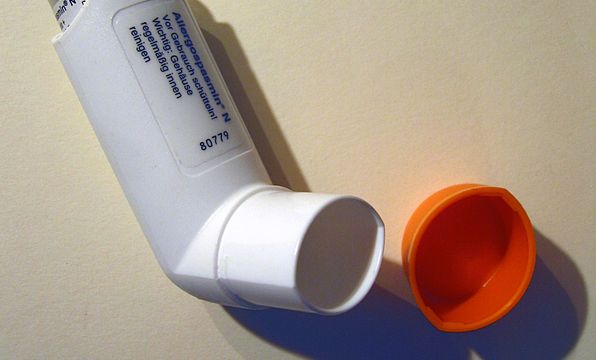Looking for a sex worker? Good news! There’s an app for that!

Technology has changed the way that men buy sex making it possible for a greater share of sex workers to work indoors. This may sound like workers are moving off the streets, but is that in fact the case? Or has the internet simply expanded the size of the sex trade over-all creating a whole new class of workers in addition to those who continue to ply their trade on the streets?
According to new research that is forthcoming in the Journal of Urban Economics the answer to this question is “mostly, yes”.* While the internet has led to much more indoor sex work, that increase is largely due to an increase in the number sex workers, not due to workers moving off the streets. This holds true of all sex workers except those between the ages of 35 and 44. These women do appear to have decreased in numbers on the streets, presumably because they are more technologically savvy than older sex workers and possess more human capital than younger sex workers making the transition from Main Street to online less costly.
Mind you, these results that show little to no movement of sex workers off the streets are primarily being driven by workers in the states of New York and California. Once the authors remove these states from the analysis there does appear to be some displacement of sex workers of all ages off the streets to the indoor market. The authors speculate that sex workers in New York and California have historically had lower transactions costs to being an indoor sex worker so that when these costs fell further, with the introduction of online sex work, fewer sex workers benefited from moving off the streets.
Sex work has expanded with the creation of the online market but has sex work become safer in terms of transmission of disease? With the spread of websites that encourage client reviews, indoor sex workers have to worry about their reputation in a whole new way. If a client gets an STI from a sex worker, and he reports that information on a review site then, the income of that sex worker could be seriously harmed as a result. This should give online sex workers an incentive to enforce condom use if the potential cost to unprotected sex (reduced clientele) is greater than the benefit (the premium paid for condomless sex). Reputational effects might make sex work safer for clients and workers if it reduces risky sexual behaviour.
So, is this sex that takes place indoors safer? According to this paper blow jobs make up the majority of an indoor sex workers trade with 50% of all services provided being unprotected blow jobs and 31% being blow jobs with a condom. This is much higher than observed on the street were only 45% of services were for blow jobs, protected and unprotected.**
The more risky behaviour, unprotected vaginal or anal sex, is less common among indoor sex workers making up only 6% of all services provided. This is a much smaller share of unprotected sex that was observed on the streets of Chicago in where vaginal sex was more common (17% of all services) and more risky (75% unprotected). The same holds for anal sex which is more common on the streets (9.4% of all services) and more risky (79% unprotected).
There is one exception to this finding that indoor workers engage in less risky behaviour; indoor sex workers who have previously been street sex workers engage in much riskier sexual behaviour compared to other indoor sex workers. My guess is that these workers have a much lower bargaining power than other indoor sex workers making it much more difficult for them to negotiate sex with a condom.
Okay, so let’s recap. The online sex trade is not moving sex workers off the streets but is instead increasing the number of women and men who now work in the sex trade. Indoor sex work on a per-visit basis, however, is safer in that it is less likely to result in the transmission of an STI. Given that the internet has increased the volume of sex work in total, however, the fact that transmission rates on a per visit basis are lower does not translate into lower STI rates for society in general. In fact, indoor sex work could very increase in the over-all transmission rates if the effect on the extensive margin (more sex workers) dominates the effect on the intensive margin (less risky sex on a percentage basis).
One more important point for your information; of the sex workers used in this study a remarkable 41% report having completed a college degree compared to 42% of all adults in the US between the ages of 25 to 34. This information tells us one of two things: 1) indoor sex workers are no less likely to have finished college than the average American or 2) this sample is not representative of sex workers over-all but represents a sub-section of sex workers who respond to email requests for data. My vote is for the latter, and if educated individuals are more likely to practise safe sex than less educated individual then the results found in this paper understate the average riskiness of visiting an indoor sex worker.
Before I am flooded with emails (again!) from men telling me what a wonderful job this is for America’s educated young women and how surprised they are that all female university graduates don’t become sex workers let me point on once more that 81% of the services these women provide is blow jobs. If that is the most marketable skill that a college degree for an American university gives a woman you then I would suggest that President Obama is absolutely correct when he says it is time for educational reform.
* Cunningham, Scott and Todd D. Kendall (forthcoming). “Prostitution 2.0: The Changing Face of Sex Work.” Journal of Urban Economics.
** Levitt, Steven and Sudhir Alladi Venkatesh. An Empirical Analysis of Street-Level Prostitution. Unpublished manuscript.





